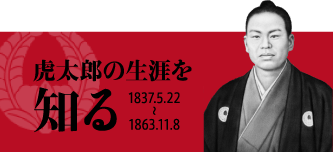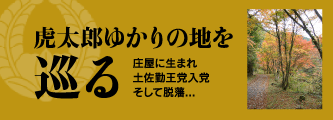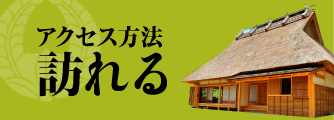
Torataro Yoshimura's birthplace was renovated in June, 2016 as a museum.
During rennovation, Edo-era architecture was incorporated throughout,
leaving the charm of the Shoya's (village head) residence with thatched roofs and traditional materials taken from Yoshimura's older sister's house.
The front gate was designated as a Historic Cultural Property of Kochi Prefecture. In the residence, historical documents, panels, images, etc. detail Taitaro's lifetime and activities. Neighboring tourist information can be found as well.
Events are held from time to time. Feel free to relax in the break area. .
Torataro Yoshimura's birthplace was renovated in June, 2016 as a museum.
During rennovation, Edo-era architecture was incorporated throughout,
leaving the charm of the Shoya's (village head) residence with thatched roofs and traditional materials taken from Yoshimura's older sister's house.
The front gate was designated as a Historic Cultural Property of Kochi Prefecture. In the residence, historical documents, panels, images, etc. detail Taitaro's lifetime and activities. Neighboring tourist information can be found as well.
Events are held from time to time. Feel free to relax in the break area.
![]()
![]()
![]()

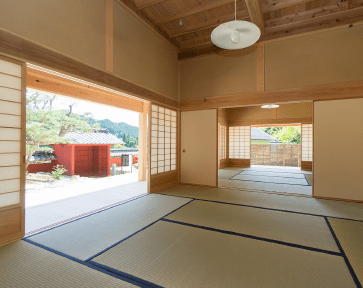
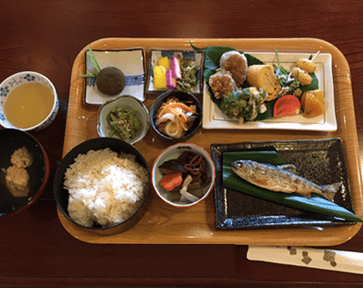
There's a cafe operated by a local group at Torataro Yoshimura's residence.
Seasonal lunches and lunch boxes using local products are served (reservation required). If there is no reservation, Tenchu udon noodles or Tenchu soba noodles with local vegetable toppings are served. There is also a cafe set with a sweet Manten no Hoshi Daifuku (mochi rice cake). Please have a relaxing time while looking out at the natural landscape from the residence.
There's a cafe operated by a local group at Torataro Yoshimura's residence.
Seasonal lunches and lunch boxes using local products are served (reservation required). If there is no reservation, Tenchu udon noodles or Tenchu soba noodles with local vegetable toppings are served. There is also a cafe set with a sweet Manten no Hoshi Daifuku (mochi rice cake). Please have a relaxing time while looking out at the natural landscape from the residence.
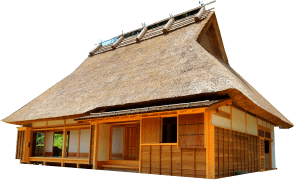
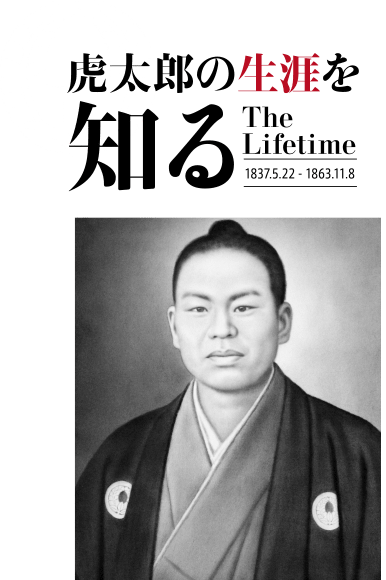
He was the first to have left the Tosa clan and became a director-general of the Tenchu-gumi
In 1891, The new Meiji Government and Imperial Court specially granted the title of Shoshii (Senior Forth Rank) to Ryoma Sakamoto, Hanpeita Takechi, Shintaro Nakaoka and Torataro Yoshimura as patriots who contributed to the Meiji Restoration. Because of this, these 4 people later came to be called Tosa's Four Heavenly Kings. Torataro was born in 1837 to the villiage headman's family in Yoshiuno village (present Yoshiuno, Tsuno town). At the age of only 12, he succeeded his father as village headman. Around this time he studied under Hanpeita Takechi and Soro Masaki, and later joined the Tosa Kinnoto. At the age of 25, he broke with Hanpeita Takechi's idea that the whole Tosa clan should respect the Kinno, and he left the Tosa clan and went to Choshu. His action shocked other patriots in Tosa, such as Ryoma Sakamto, into leaving the clan as well.
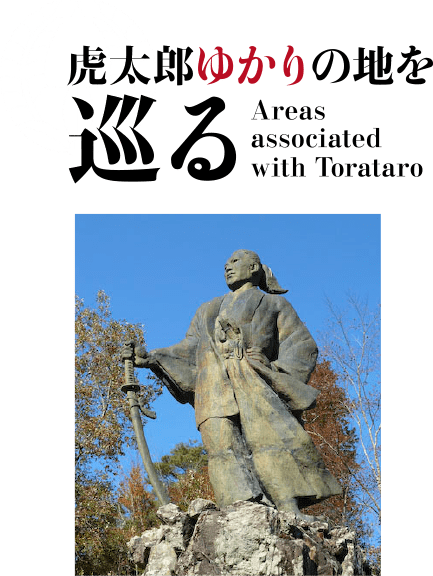
Historical path leading to the present Tsuno
The Tsunoyama path is one of the ancient paths connecting Tosa and Iyo, and lots of people, culture and goods ran along this small 1 meter wide path. After Toratato Yoshimura and his sworn friend Gizo Miyaji left the Tosa clan in 1862, many patriots headed from Tosa to Choshu on this same path. Ryoma Sakamoto is one of them. All of them walked this road while dreaming of a future Japan. Many old paths called Furuokan are still around Torataro's birthplace and many other places. The remaining stone trail markers and Buddha statues who protect passing travellers give a quaint taste of that time.




